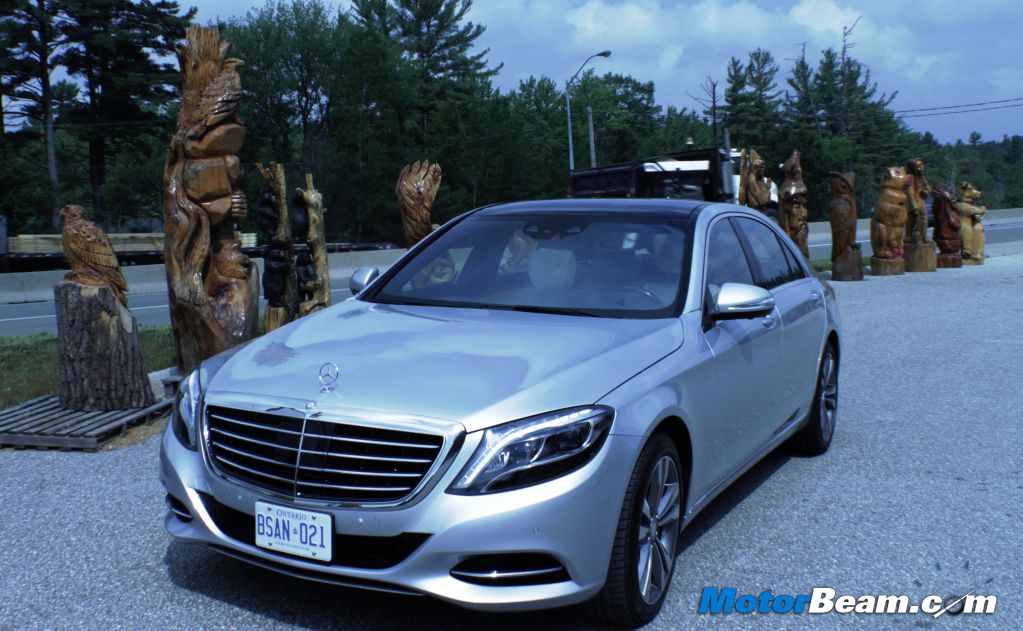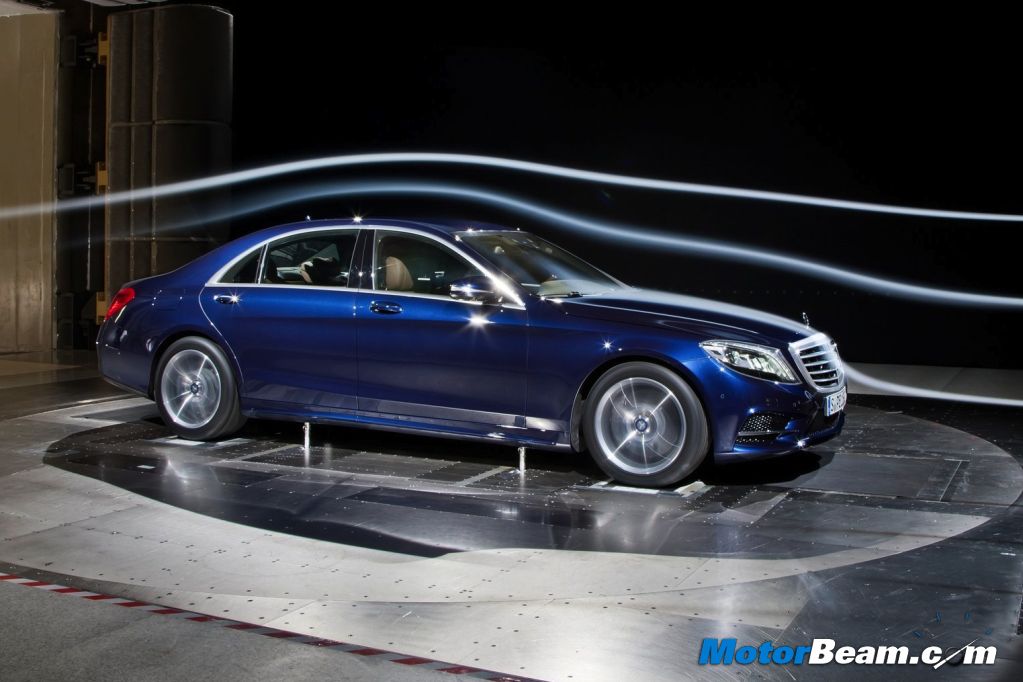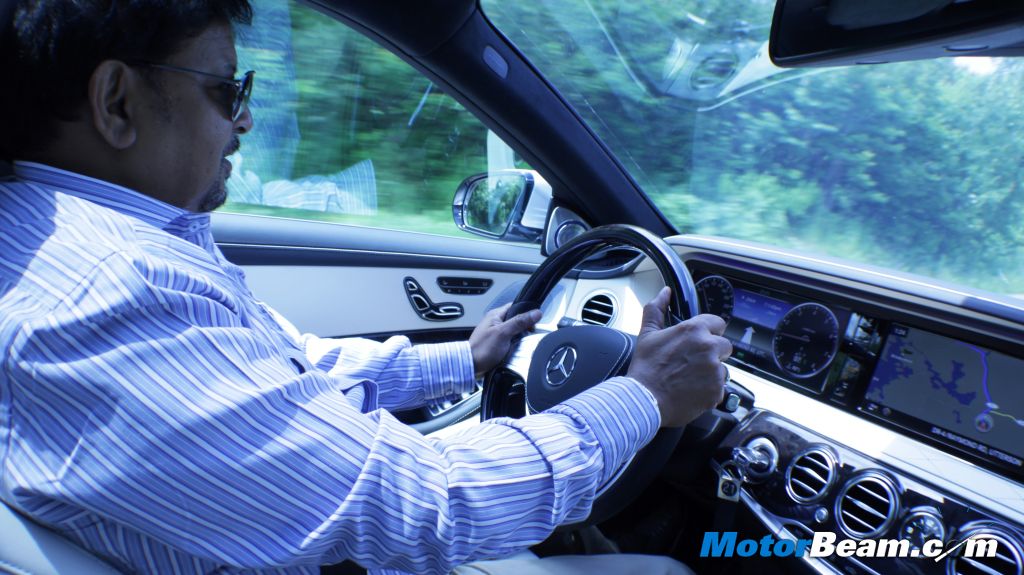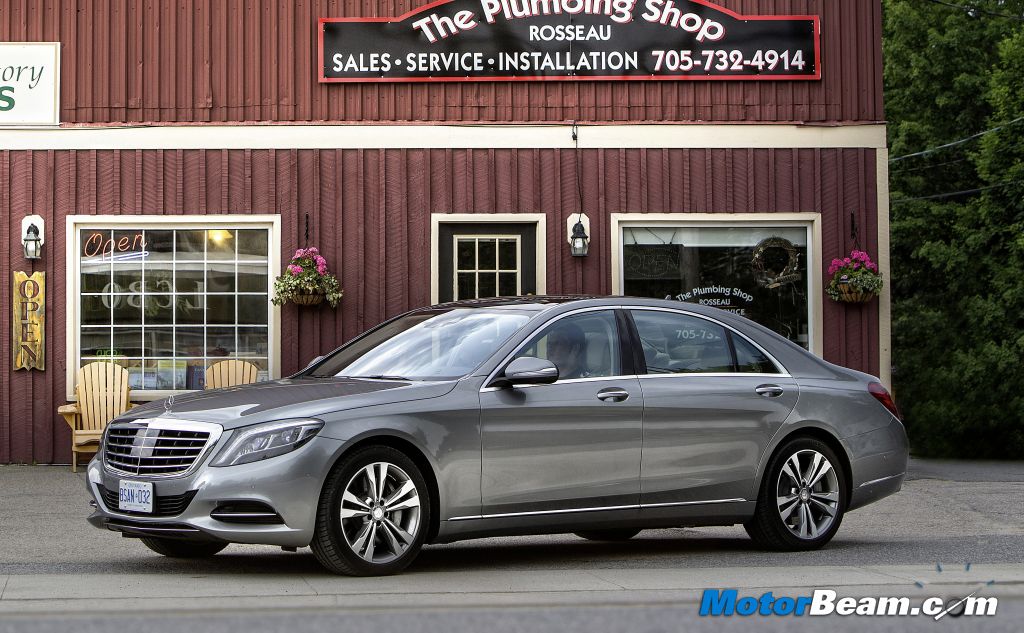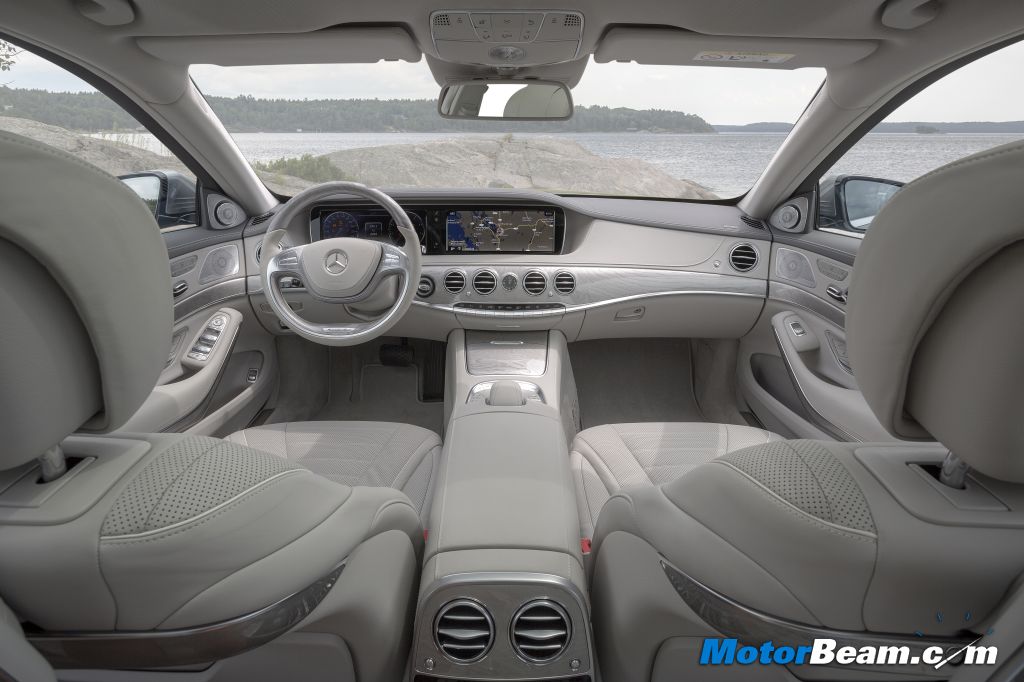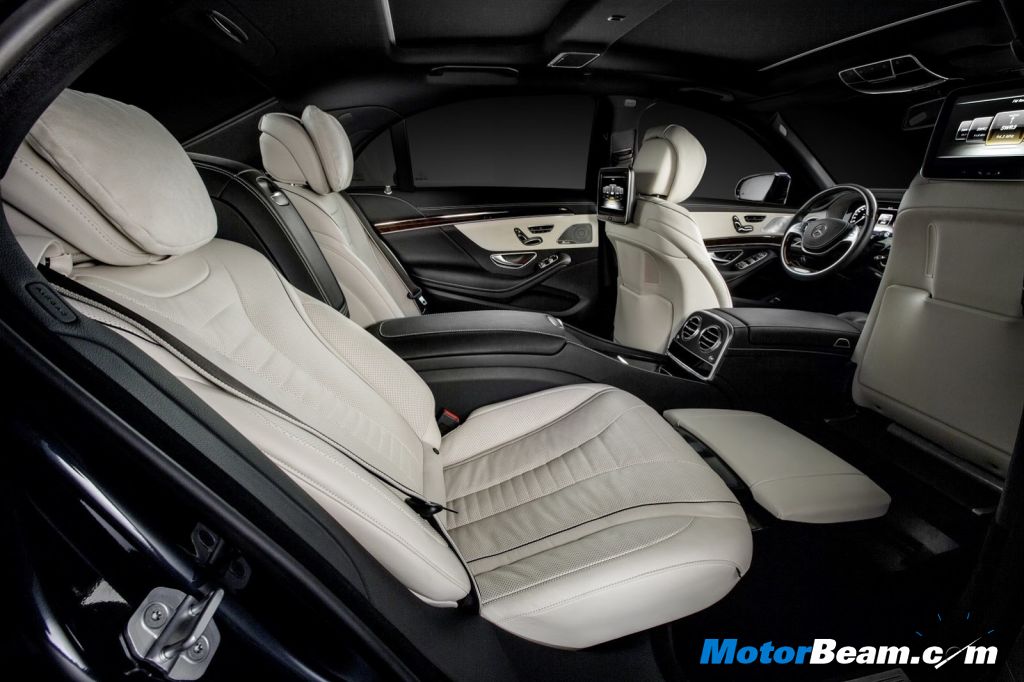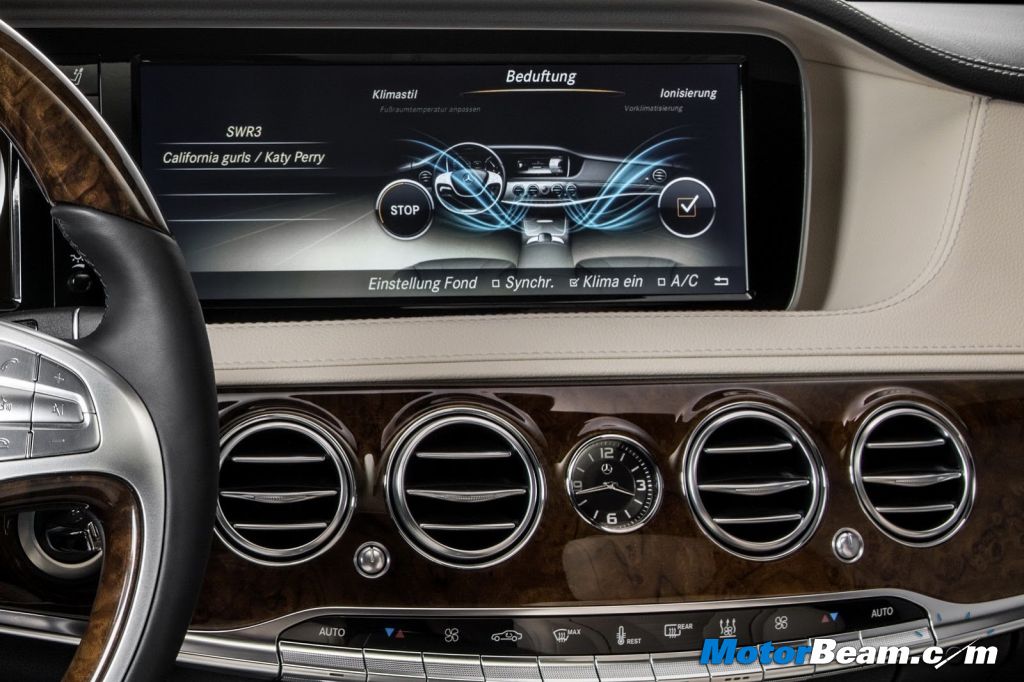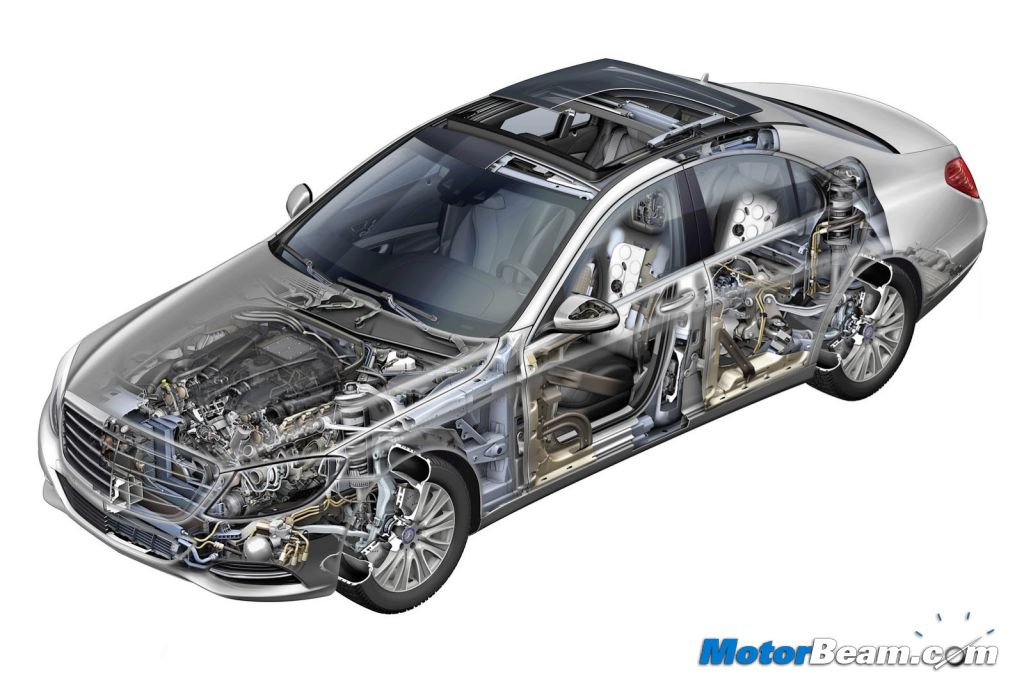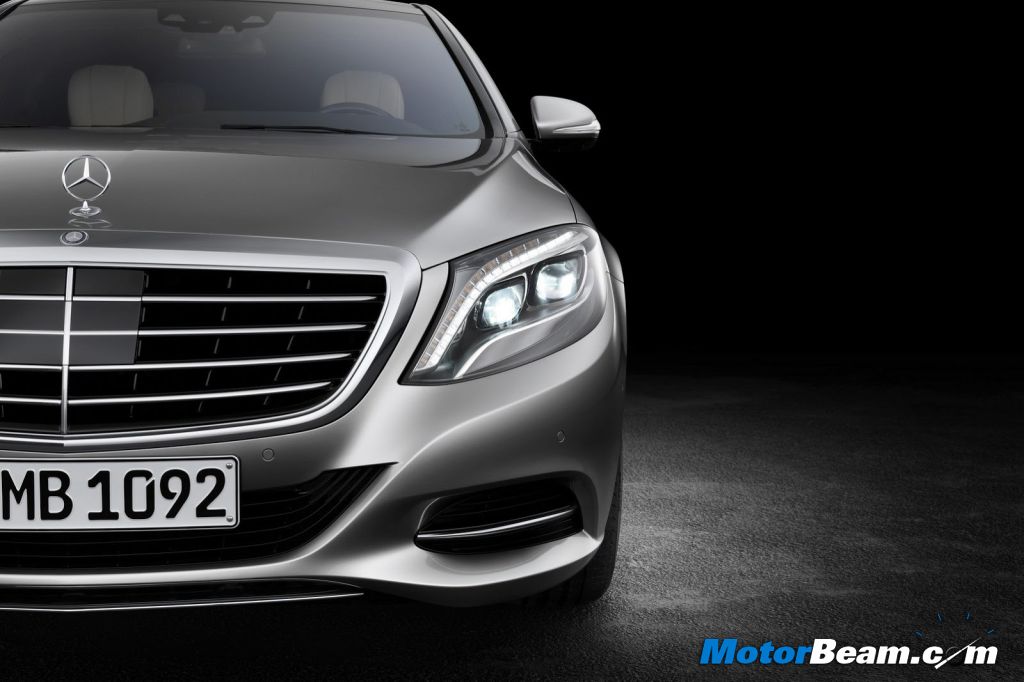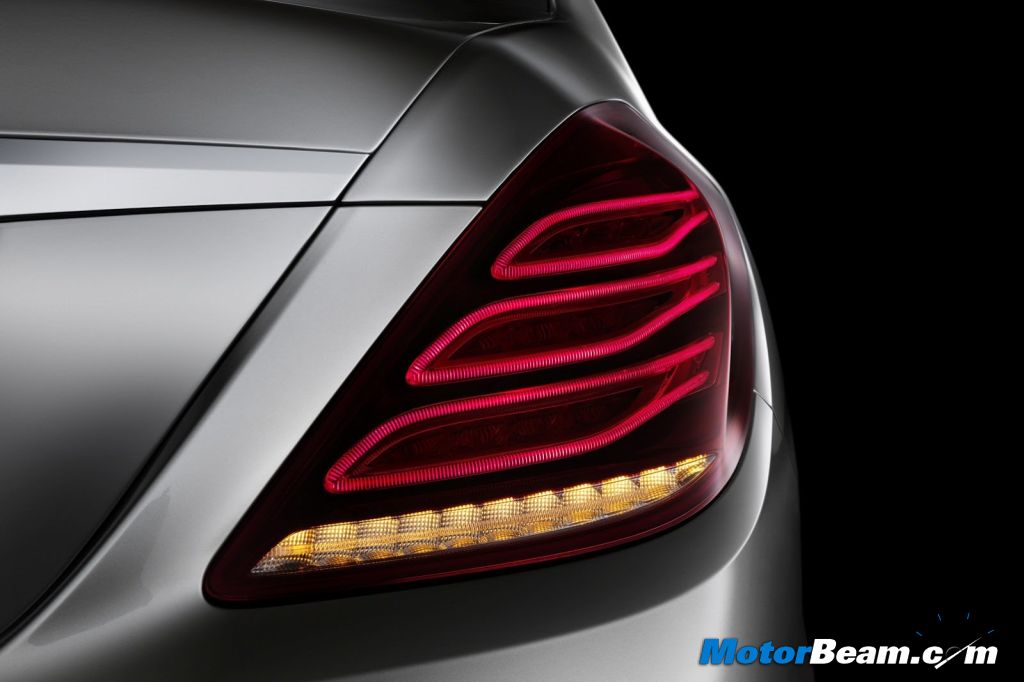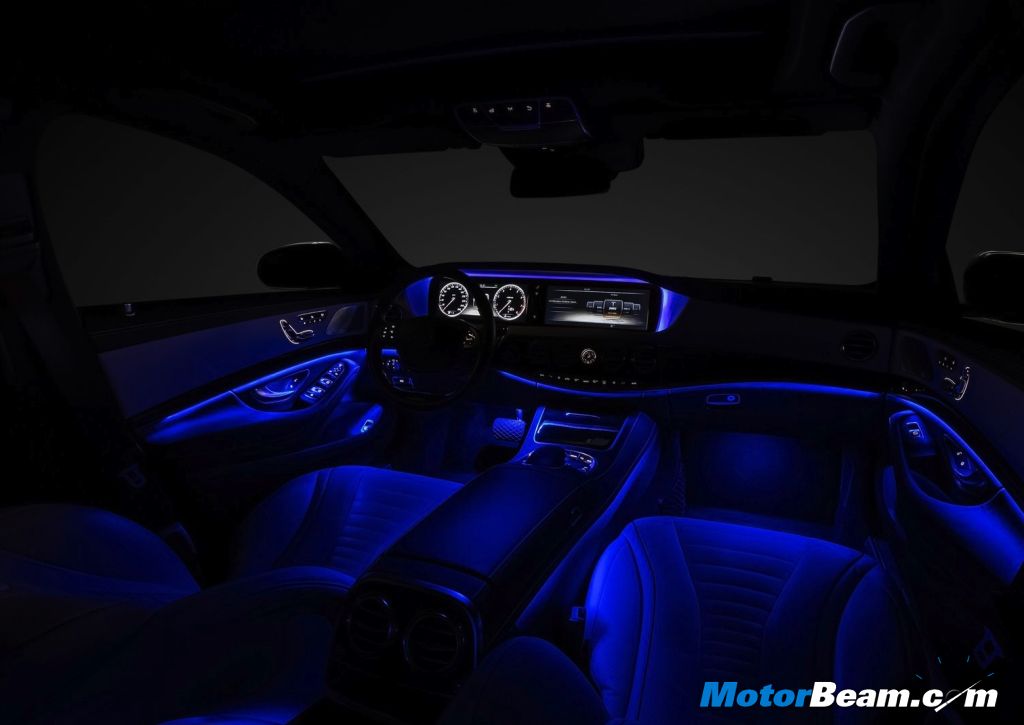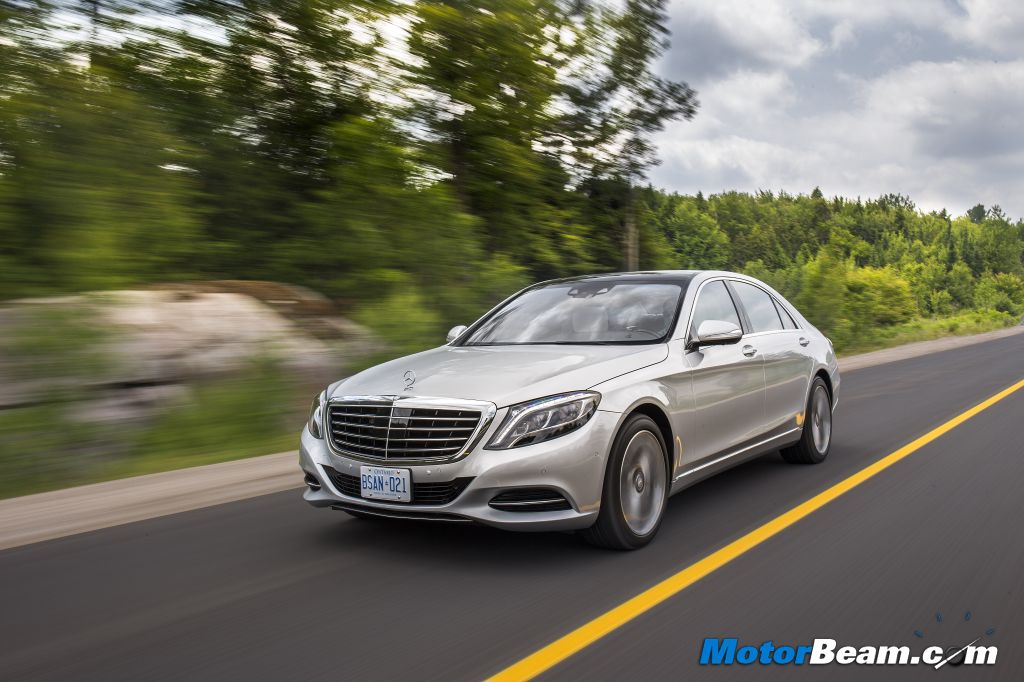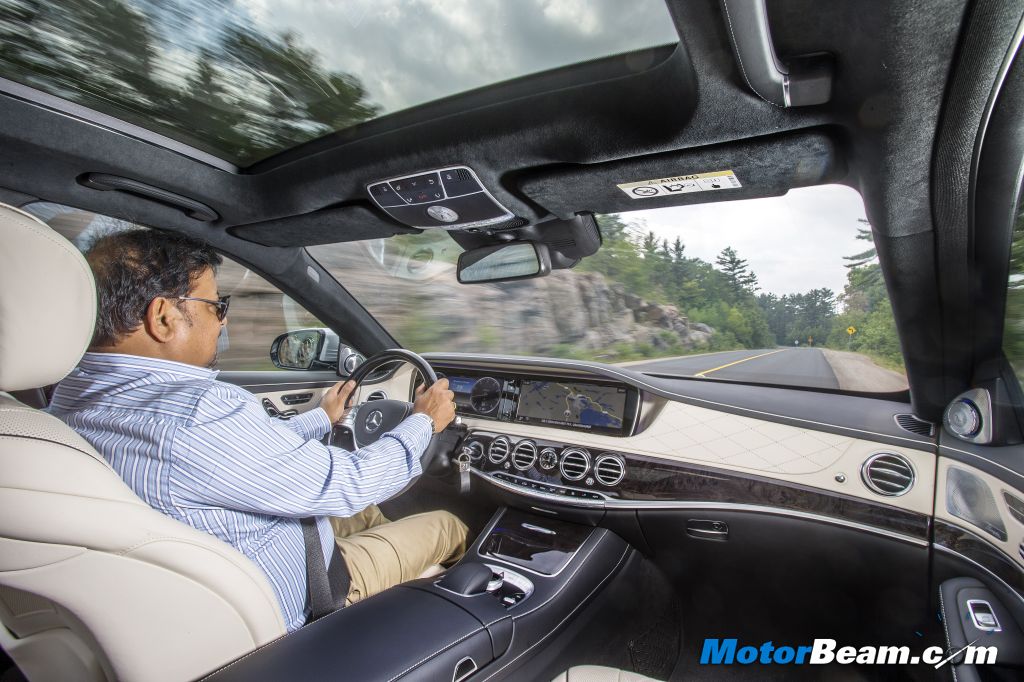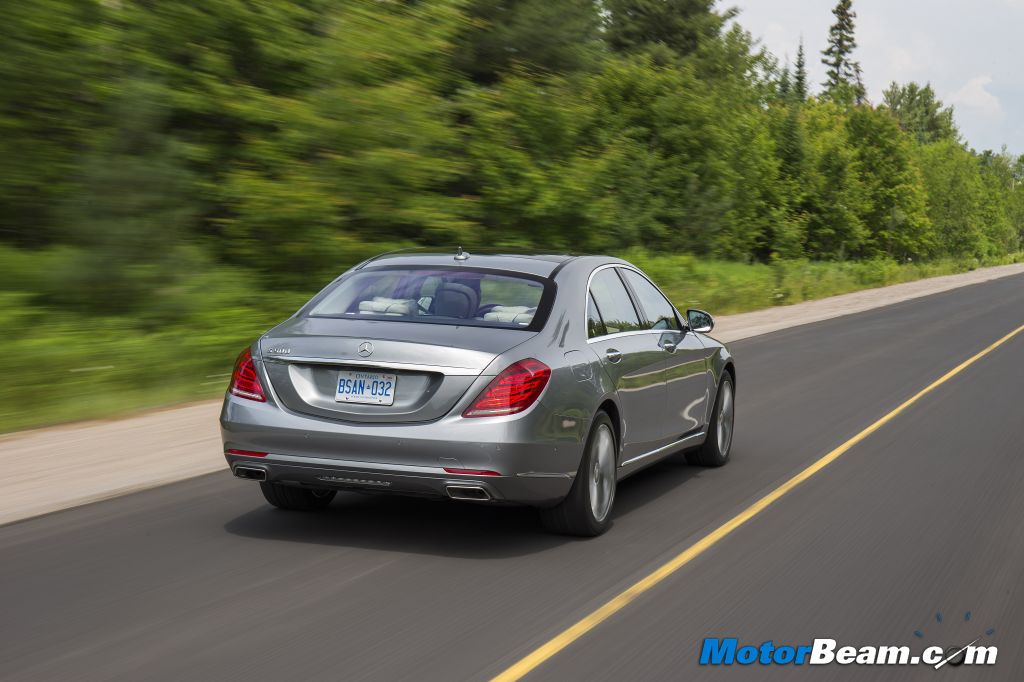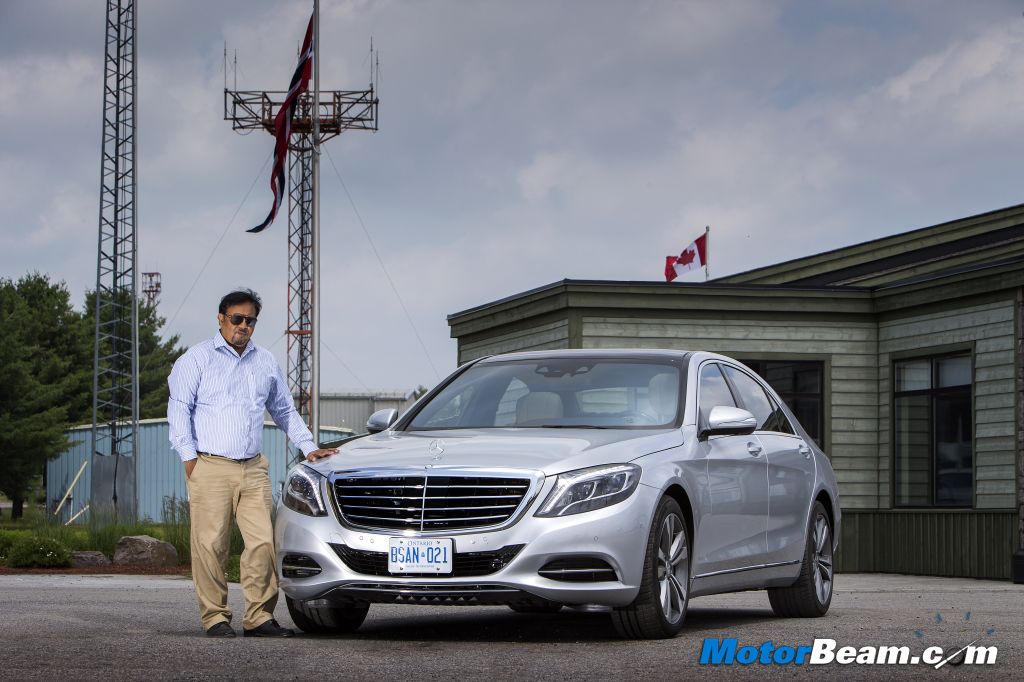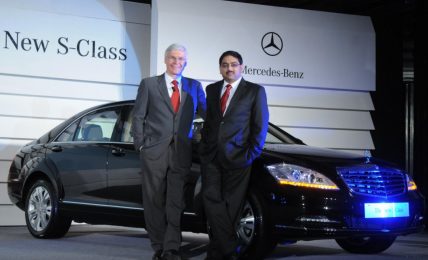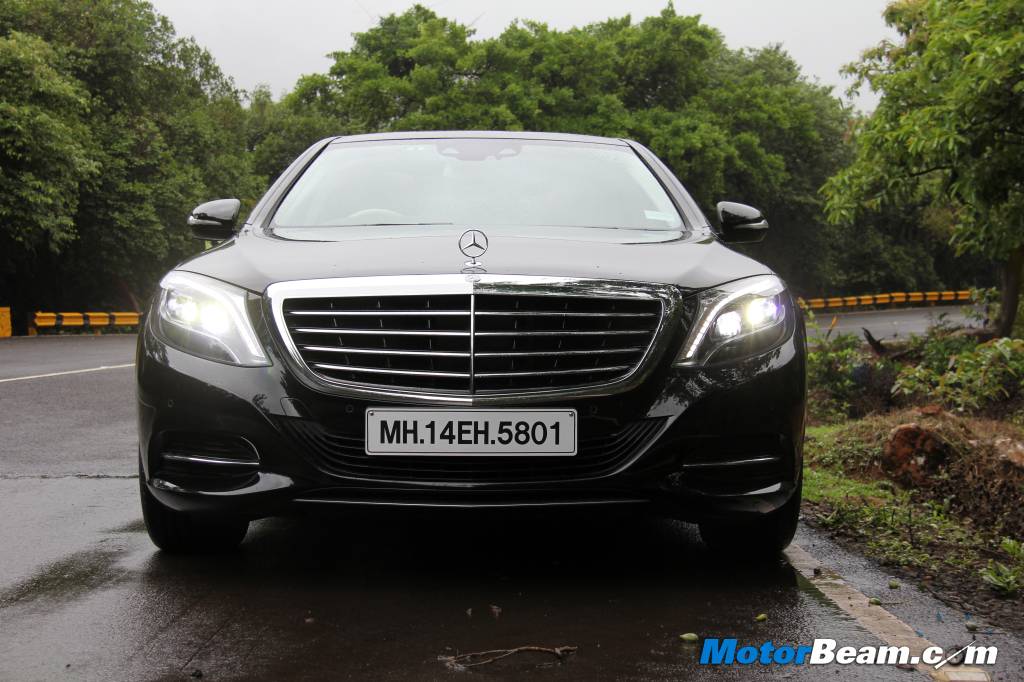Mercedes S-Class Review
Mercedes finally gives its top-of-the-line sedan the character and kit it has always deserved.
It’s no secret that for German premium carmaker Mercedes-Benz, the S-Class sedans have had a very special place. The model series has represented the company’s largest and most-prestigious segment throughout its history and can trace its heritage to early 50s. The Mercedes S-Class classification was officially introduced in 1972 with the W116 which succeeded previous Mercedes-Benz models. The S-Class has served as the flagship model for Mercedes for over fifty years in its various incarnations and as a tech-savvy model debuted many of the company’s innovations, including drivetrain technologies, interior features and safety systems such as the first seatbelt pre-tensioners. With the 2014 new arrival (codename V222), the Mercedes S-Class represents the fifth iteration since the launch of the W126 in 1979.
In terms of design, the profile and proportions roughly remain the same as the outgoing model, however, the sheet metal appears more sculpted and streamlined now with two strong character lines and these give the new Mercedes S-Class a streamlined look with a nice interplay of concave and convex surfaces. Standout features include a large front grille inspired by the F700 Concept car and LED head and tail lamps. Integrated exhaust tips and a large panoramic glass roof help highlight the overall design theme. The drag coefficient stands at a Cd of 0.24 for the petrol and diesel variants while the hybrid improves on that by going even lower with a Cd figure of 0.23.
The interior of the 2014 Mercedes S-Class which we sampled at the drive in Toronto, Canada is generously equipped with an array of ultra comfort and luxury systems. Occupants do benefit from the moderate increase in size by an improvement in all the interior dimensions. There is 12 mm of extra headroom for the driver as well as 14 mm more shoulder room and 10 mm more elbow room in the front. There’s also 14 mm increase in rear knee room and shoulder room in the rear has been improved by up to 9 mm.
The options sheet now in the Mercedes S-Class overtakes what was offered in the now defunct Maybach by many miles. Among lifestyle pampering elements are energising hot-stone massage, a fragrance system, five-theme interior-LED illumination system. For the audiophiles, Daimler has enlisted the help of Dieter Burmester of Porsche and Bugatti fame. Burmester’s high-end home stereo systems are well-known in Germany in particular and with the new S-Class this name is sure to become universal.
The car’s dashboard is an evolution from the W221 and the S-Class incorporates two high resolution 8:3 format LCD flat screens side by side which extend almost two-thirds of the width inside. Thanks to the technical wizardry these days, the driver’s instrument cluster is all digital and also doubles up as a night vision screen, where as the second screen can act as a split screen for driver and passenger. What we particularly liked was the wraparound effect inside the cabin and the introduction of bespoke features on the dash with special effect real wood and leather with artistic stitching.
The car’s seats are pure business class and are designed to pamper. These leather-bound power seats now come with every conceivable feature one can think of, from multiple lumbar adjustment settings to massage functions among many others. However the switchgear for these operations still continue the traditional way (on the doors) while everything else has moved forward with time. A new lifestyle feature called Air Balance has been introduced in the S-Class which comprises perfume atomisation, ionisation and even more efficient air filtration compared with the standard model. The car’s automatic climate control in the rear has two additional zones to improve thermal comfort. Electric heating of the armrests is a completely new feature.
On the multimedia and connectivity front, there’s quite a revelation on offer considering competitors like BMW and Audi have upped their game significantly in their respective models. COMAND Online generation makes its world premiere in the new Mercedes S-Class. It comes with two remote control variants, a basic and iPhone/Android app with remote control functions via WLAN. Apart from showing and operating online functions such as internet browsing, reading and writing SMS and email, internet radio, Mercedes-Benz services (wherever available), telephone functions, navigation, radio and TV plus, the central display shows and operates the many comfort functions also. Sat NAV is now in 3D.
The car’s multi-link air suspension has been entirely redesigned and it can be fitted with a road-sensing system that pre-loads the shocks for the road surface detected. It works at speeds up to 128 km/hr. The Mercedes S-Class now comes with electro-mechanical steering and while the chassis will allow for high cornering speeds, the main focus of the vehicle is on luxury and safety. Mercedes continues to improve upon its active and passive safety systems and case in point is the PRE-SAFE collision avoidance system which was first introduced in the early 2000s. Now the PRE-SAFE Brake system uses a stereo camera and radar sensors to detect pedestrians and can initiate autonomous braking of the vehicle to avoid a collision from up to 50 km/hr. PRE-SAFE Plus increases rear end protection using radar sensors as well.
Another interesting piece of technology is that for illumination the S-Class doesn’t use conventional halogen bulbs or HID systems any more. The new S-Class is also the first Benz with no bulbs. Instead the car gets over 500 LEDs/SMDs and the electronics supporting the lighting systems have allowed engineers to explore new applications. For the first time, high-beam headlamps can be kept on permanently while driving by masking out any other road user detected in the beams’ cone of light. If the camera-based system registers either oncoming traffic or vehicles ahead, it will adapt the light distribution according to the specific situation when the high beam is switched on.
Consequently, the driver can simply leave the high-beam headlamps on at all times and use their full range without irritating or even endangering other road users. If road users are detected outside the area that can be masked, for instance when cornering with multiple vehicles in the headlamps’ beams, the system will switch to the familiar system of headlamp range control using the low-beam headlamps. This means that there is no need to switch them on and off manually. A second feature which is unprecedented in the automotive industry is tail lamps with three intensity levels. The brake and indicator lamps are operated at varying intensities depending on the current driving state and the brightness of the environment (day/night).
Driving Impressions – Silky smooth would be the best way to describe the new S-Class’ performance and handling on road. Occupants are brilliantly insulated from the external influence such as wind or tyre noise, rough asphalt, etc. The S-Class just simply glides over virtually any road surface without letting the occupants know what’s underneath. It continues to provide a ride you’d expect from a top-notch premium luxury sedan. The compliant suspension ably cancels out road imperfections while also keeping body roll in check. The V8 powertrain in the S500 (our test car) doesn’t really give the driver anything to complain about except for the fact that top speed is electronically limited to 250 km/hr. The S500 uses a 4.7-litre V8 petrol engine with 449 BHP of power, doing 0-100 km/hr in 4.8 seconds. However the variant most relevant to India is the S350, which uses a 3.0-litre V6 diesel engine. The BlueTEC mill offers 255 BHP of power, enabling a 0-100 km/hr sprint in 6.8 seconds. Performance is effortless and you simply exercise your right foot to gather quick momentum. All engines are Euro 6 compliant and are mated to a 7-speed automatic gearbox. Not that it matters much but fuel consumption has reduced and the new S-Class is more efficient than its predecessor. ECO start/stop function is standard across the range.
Just like before, ride quality is superb and the car’s air suspension combines smoothness with complete control and utter stability as you waft along faster than you think. The electro-mechanical steering is reasonably fluid, linear, predictable and surprisingly quick for such a long wheelbase car. It takes a few kilometres of driving to get used to it as the car may turn more than you anticipated given the amount of movement on the steering wheel. The overall impression is that you get that stately luxury car feel without feeling overly isolated from the driving experience.
Of the new technologies offered, on the move, the car’s ability to detect bumps on the road ahead and adjusting the chassis in a blink of an eye was most impressive. The Mercedes S-Class detects such unevenness by means of the stereo camera which sets up the suspension in advance to deal with the situation, in practical purposes, you can drive over a speed hump at 40 km/hr without even noticing it.
Verdict – This techno-savvy luxo barge should now be able to stand out and command respect in the segment. Mercedes-Benz has enriched content while not going overboard with its established bullet proof engineering which we think is a safe formula considering the current market trends. The new Mercedes-Benz S-Class is now more market specific and should be able to attract cross shoppers in both self and chauffeur driven segments. It arrives in India early next year and should re-write the rules of the game, yet again.


